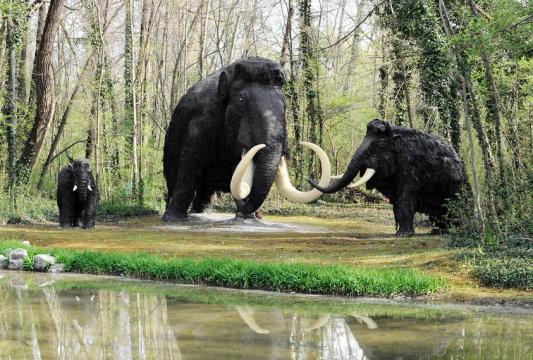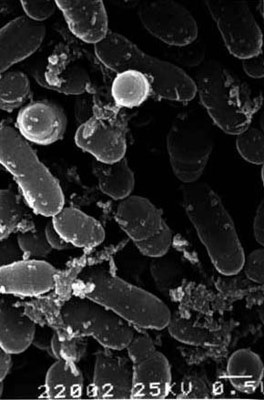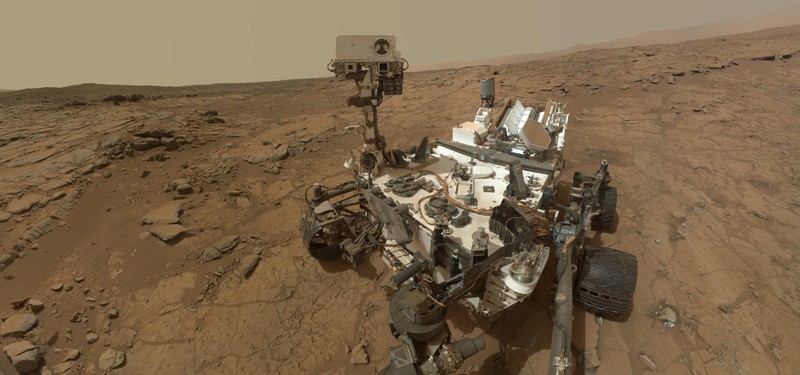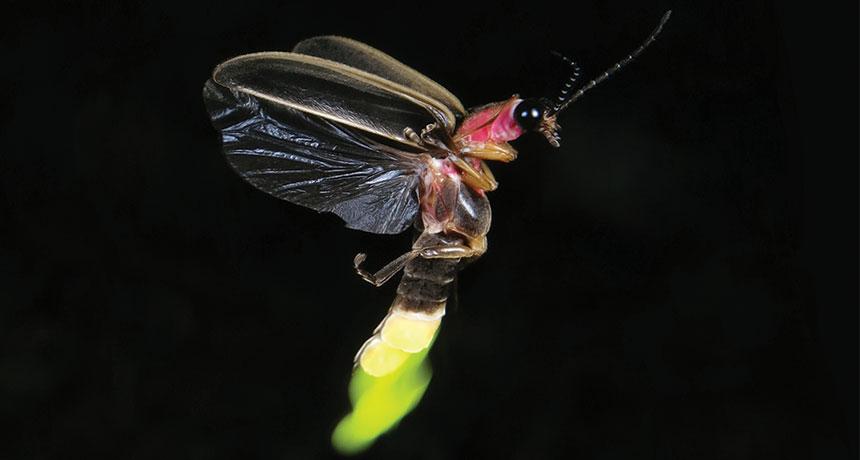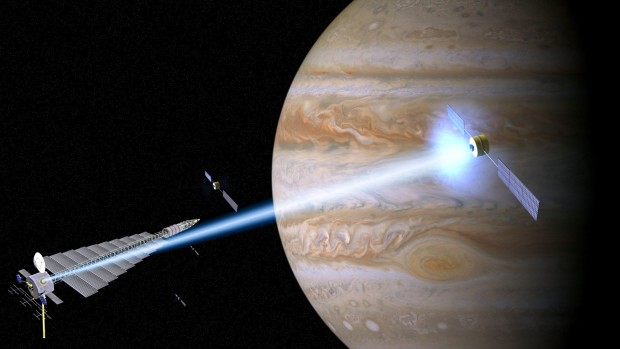With all the buzz in the news and on social media about the recently approved “female Viagra” drug, officially named Addyi, which will be going on the market in October, we ran across a great article over on CNN Health that helps to explode all of the myths.
Up first, turns out it’s not like Viagra at all:
While people are calling Addyi the “female Viagra,” it doesn’t really work that way. Viagra eliminates a physical problem for men. Men take it to get and keep an erection. They pop it before they want to have sex. Addyi doesn’t treat a physical problem for women — instead it targets the chemicals in their brain and it improves, in at least 37% of the women who take it, their sense of desire for their romantic partner. Women have to take Addyi every night.
Viagra works by dilating specific blood vessels which increases blood flow to the penis, a very different process altogether.
Will it be a cure for women who just aren’t that into sex? On the next page we answer that…
[nextpagelink][/nextpagelink]


